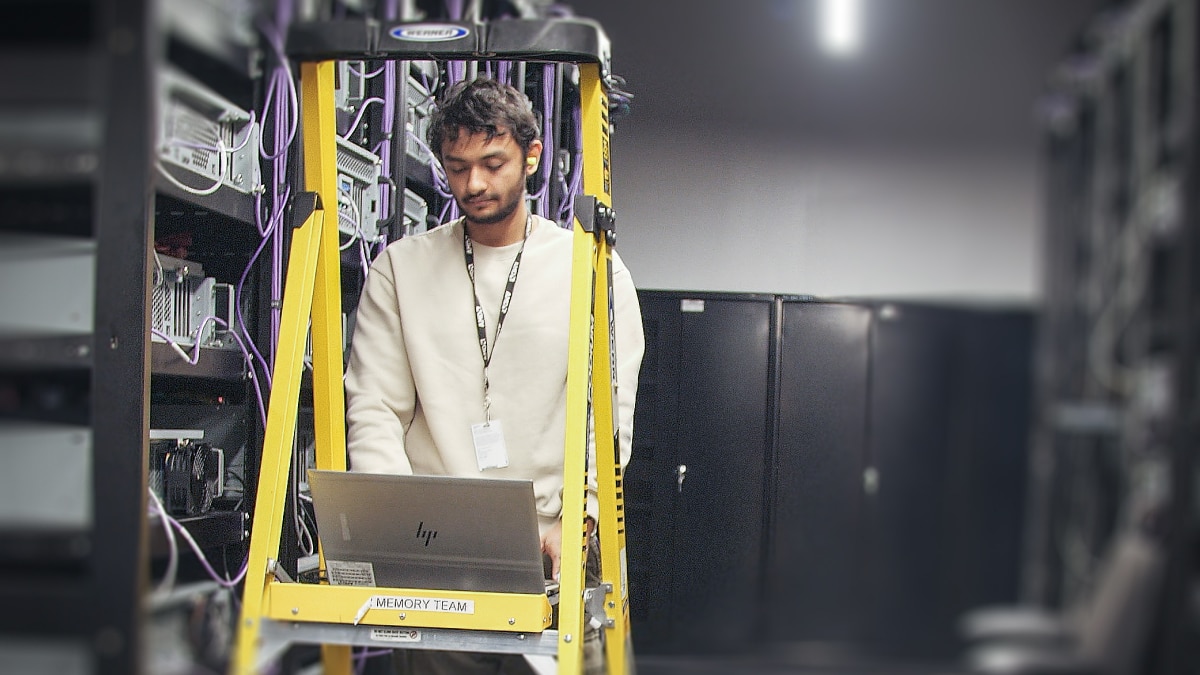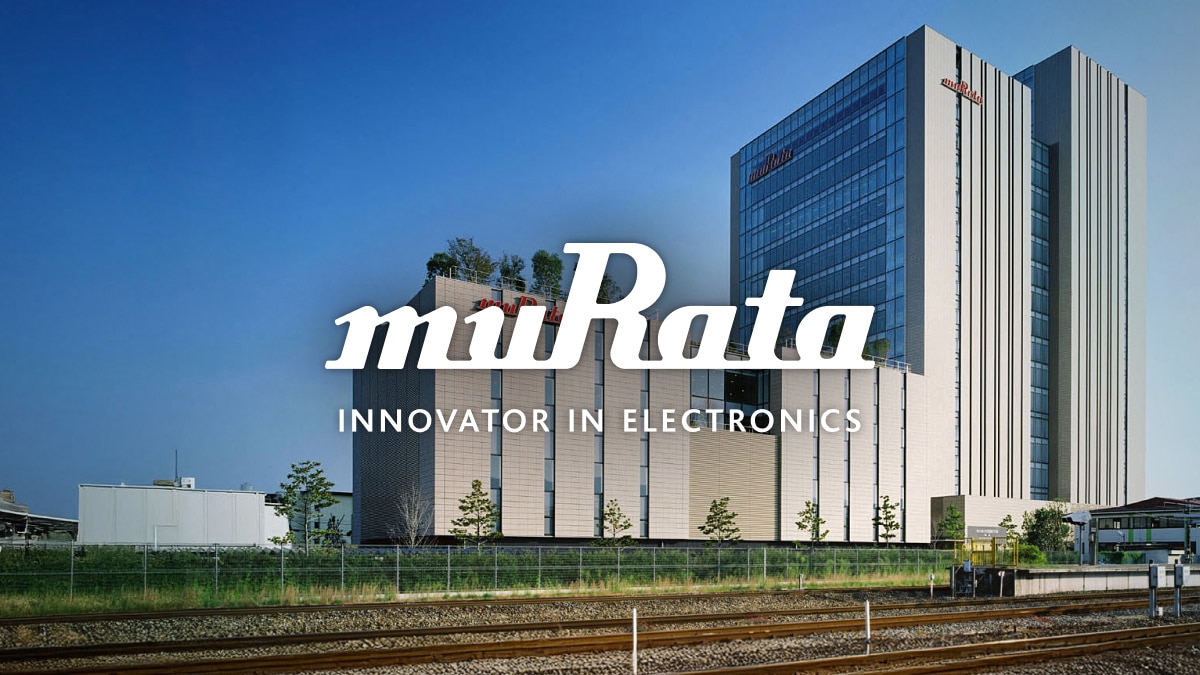AI @ AMD: Insider view of AI Customer Zero
AMD deploys AI to transform its business, model effective AI implementation for customers, and fine-tune the performance of its AI solutions
As AMD pushes the boundaries of AI with its cutting-edge compute engines and software, those same capabilities are proving to be perfect for the company’s internal AI initiatives and providing key learnings the company can share for its customers’ deployments.
“We showcase AI applications and provide an AI adoption model other companies can follow,” says Hasmukh Ranjan, senior vice president and CIO at AMD. Hasmukh and his IT organization lead AI implementation at AMD. He thinks the company’s dual nature as a trusted technology provider and as an AI power user is a major advantage for AMD customers.
“My department leads internal AI adoption in a company that makes IT products that support AI. We experiment with optimized IT environments and collaborate with AMD engineering teams to create and evaluate AI solutions for operational efficiency. To date, we’re running successful deployments in IT, Engineering, HR, Procurement, and other groups,” Hasmukh says. “As our own ‘customer zero,’ we use our lessons learned to not only refine our products before release, but also to anticipate market needs.”
Drawing on its broad product line and its partner ecosystem of leading AI companies, AMD has firmly built its AI transformation strategy on AMD compute technology. Its internal IT infrastructure incorporates AMD EPYC™ and AMD Ryzen™ PRO processors, AMD Instinct™ GPUs, AMD Versal™ adaptive SoCs, AMD Pensando™ DPUs and the AMD ROCm™ AI software stack. It also includes some next-gen products not yet publicly released; as customer zero, Hasmukh and team provide real-world feedback on pre-release performance to AMD product development teams and to our partners. AMD is also benefiting from the interoperability that open standards provide for ease of deployment, the velocity of innovation driven by open-source collaboration, and the peak performance delivered by chip architecture advantages such as core density and high-bandwidth memory. All of these factors are elemental to the company’s AI solution strategy.
How AI is reshaping work at AMD
Hasmukh envisions AI evolving from an assistant to an autonomous worker. “We want AI to enhance employee efficiency in everyday tasks so they are free to focus on strategy, customer needs, and innovation,” he says.
For example, preparing tax documents for R&D efforts used to take weeks. By deploying generative AI tools that quickly summarize and outline voluminous documents, the system can rapidly identify qualifying activities and costs from thousands of pages of technical notes. That and other administrative and compliance tasks can be completed in a few hours.1
AMD uses machine learning and AI-driven analytics—sourced from both third party and open-source providers—to improve the accuracy of compute demand forecasts, particularly for engineering teams. With AI’s hunger for compute power, it’s imperative to get the balance right. AI/ML tools help the company find that sweet spot to avoid underinvesting in necessary compute resources, which could delay projects, while overinvestment wastes resources.
Generative AI tools enable AMD to educate internal users about how to use productivity tools and enable conversational responses to user questions. For example, an application security engineer could ask an internal chatbot to explain how to remove secrets from a GitHub repository, then use a word processing copilot to turn the information into a team memo.

AI adoption is a planned, systemic journey
AI represents a transformative era in computing—one that demands more than just bolt-on solutions. Realizing its full potential requires a deliberate, systemic approach. At AMD, this begins with a clear framework for AI maturity, organized into four progressive phases: Assist, Action, Automate, and Autonomous. Each phase calls for increasingly sophisticated levels of technology integration, operational scale, organizational alignment, and greater use of quality enterprise data.
To operationalize this framework, functional teams collaborate with IT to identify the workloads with the highest potential for return on investment. AMD maps these workloads to the company’s AI maturity model, then they are ranked and prioritized at the enterprise level. For each initiative, business-driven metrics are defined to track value delivery over time.
From there, IT evaluates available AI-driven applications, which execution platforms are best suited for each application type, model selection based on performance benchmarking, and finally, the optimal hardware infrastructure (rack clusters with various combinations of CPU, GPU, and DPU) including platform compatibility—all of which typically occurs concurrently and iteratively. IT also identifies key leverage points for broader deployment of this integrated system across multiple business functions. This process leads to a clear, scalable roadmap—guided by business needs, grounded in performance data, and designed to drive AI adoption in a focused, high-impact way.
Measuring the real value of AI
AMD experts collaborate with end customers and AI ecosystem partners to optimize compute infrastructure, helping AI projects deliver meaningful business outcomes. Within AMD, AI initiatives also must present a strong business case.
“We evaluate the cost, benefits and suitability of AI proposals and projects,” says Chris Wire, vice president of business applications, AMD. “When a project aligns with our business goals, we proceed with it.”1
AMD has developed AI tools tailored to job roles, such as engineers, sales, and HR professionals, allowing each to benefit from specific AI-driven efficiencies. “We’ve mapped out ‘a day in the life’ of different roles at AMD to identify the best ways to leverage AI,” Hasmukh explains. “This targeted approach informs how we select and deploy AI tools to achieve meaningful productivity gains.”2
In addition, Hasmukh and AMD Chief Software Officer Andrej Zdravkovic work closely with CEO Lisa Su to report on AI initiatives, using key performance indicators (KPIs) to track progress and ensure that projects stay results oriented.2 “This isn’t a science experiment: we have clear KPIs to measure our success across different parts of the enterprise,” Hasmukh explains.2 By focusing on metrics like time savings in engineering, AMD ensures that its AI initiatives are delivering real value.
AMD tracks time saved across a range of processes, including meeting summaries and chatbot-based HR workflows. In finance, AI-driven automation is delivering 15% productivity gains. Machine-learning insights have led to yield improvements in semiconductor manufacturing that translate into millions of dollars. An internal resource catalog documents more than 100 tangible AI use cases and helps standardize success metrics for replication across AMD.1

Laying the groundwork for enterprise-scale AI
In guiding AI transformation at AMD, Hasmukh emphasizes the importance of partnerships. “An AI evolution is not something you can achieve alone,” he says.2 The AMD ecosystem of trusted suppliers and partners ranges from compute and networking to data and middleware.2
The AI initiatives are designed to deliver operations excellence and business process transformation. Those objectives require optimizing data utilization—the fuel for AI—throughout the company. And that requires new workforce skills, Hasmukh says.2
“We’ve introduced incremental roles specific to AI compute, and we’re bringing in both experienced professionals and recent graduates who can approach challenges with fresh perspectives,” he adds.2 The AMD AI Compute team supports the company’s internal needs and collaborates with product groups to enhance offerings for external customers.2
Growing adoption of AI within AMD is also key. After collaborating with IT on planning and execution, functional teams across the company can turn to playbooks and training resources to ensure they follow internal best practices for AI adoption. The tools reinforce AI governance, ensuring that data privacy, ethical considerations, and operational resilience are embedded into every AI deployment.1
The company also hosts hackathons and promptathons, providing opportunities for business and IT teams to brainstorm ways of applying AI and other technology to real-world use cases. The goal is to help technology and business leaders to imagine new ways of working, powered by AI.1
“AI’s abilities have barely been tapped,” Hasmukh says. With one eye on delivering business results and the other on modeling transformative AI, Hasmukh and his team are revealing what AI can do from the inside out. Powered by the portfolio of AMD AI solutions, AMD is road-testing and validating its own IT transformation and building the blueprint for AI adoption everywhere.
Learn more about AMD internal AI initiatives and strategy here.
About the Customer
For more than 50 years AMD has driven innovation in high-performance computing, graphics, and visualization technologies. Billions of people, leading Fortune 500 businesses, and cutting-edge scientific research institutions around the world rely on AMD technology daily to improve how they live, work and play. AMD employees are focused on building leadership high-performance and adaptive products that push the boundaries of what is possible. For more information about how AMD is enabling today and inspiring tomorrow, visit the AMD (NASDAQ: AMD) website, blog, LinkedIn, Facebook and X pages.
Case Study Profile
- Industry:
AI Technology - Challenges:
Optimize internal workflows with AI to improve productivity and spark innovation. Model AI implementation strategies for customers and provide feedback to engineering teams for refining AMD products. - Solution:
Deploy AI productivity tools with clear KPIs on AMD processor families including some yet-to-be released technology. - Results:
Reduce hours spent on administrative tasks, increase innovative AI use cases, provide real-world feedback to product engineers and demonstrate blueprint for AI adoption other companies can follow. - AMD Technology at a Glance:
AMD EPYC™ Server CPUs
AMD Ryzen™ PRO processors
AMD Instinct™ GPUs
AMD Versal™ adaptive SoCs
AMD Pensando™ DPUs
AMD ROCm™ AI software stack







